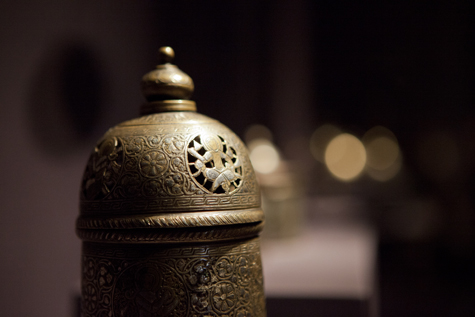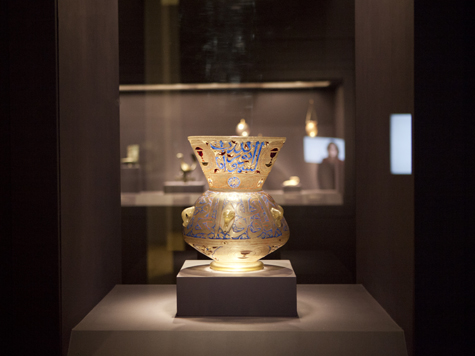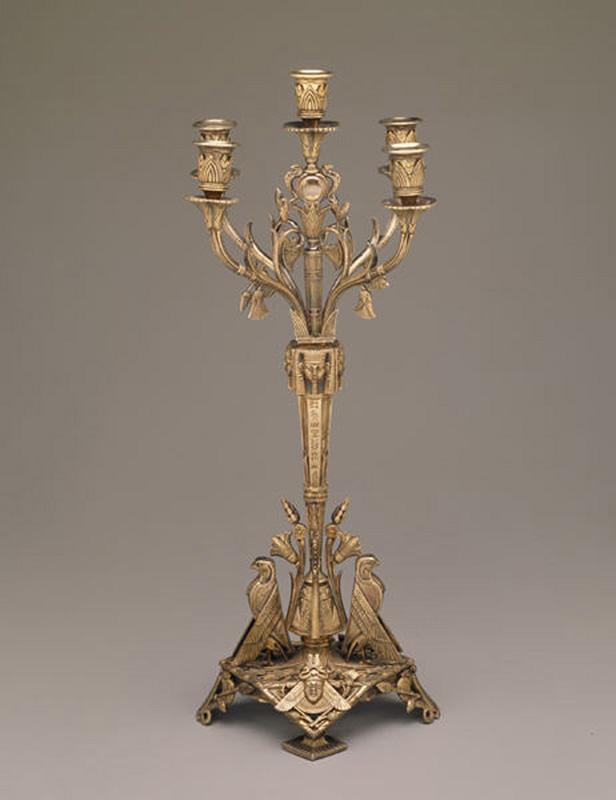As the senior advisor for Islamic art at the DMA, my responsibilities include engaging with institutions worldwide to create dialogue on behalf of the Museum. The most recent project involved curating the exhibition Nur: Light in Art and Science from the Islamic World, which itself required many complex negotiations! The project started in Spain four years ago, when I was asked by the Fundación Focus-Abengoa in Seville to develop their first Islamic art exhibition. Seville is no stranger to Islamic history. Almost 800 years of Islamic rule in Spain resulted in a strong presence of Islamic culture, which survived beyond 1492, when Muslims lost Spain to Christian forces. As an Islamic art exhibition in Seville, Nur was particularly significant, being paradoxically a first of its kind, yet, naturally at home. In Dallas, the Nur exhibition holds another great significance, as it is the first major exhibition of Islamic art in the 111-year history of the DMA. So, there is a great deal to learn about Islamic culture. But first of all, there is a great deal to “unlearn.” For this reason, the exhibition journey starts with a white entrance space, which aims to give the visitor a sensation of light, and is also a white slate, which prepares us to see for the first time. White light holds the full spectrum of colors.
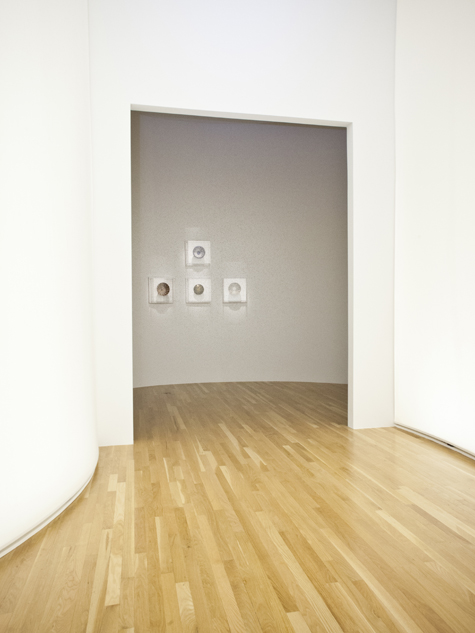
The Nur exhibition is at the heart of the cultural exchange venture at the DMA. With Nur, the dialogue starts with the silence of a white space, suggesting that listening is key in any dialogue. There is dialogue between the objects themselves as they link different cultures living within one culture. An example of this is a Torah case from 16th-century Syria, which is made of copper and decorated in the typical Islamic style of silver inlaid arabesques.
There is a strong connection between these objects that come from places as far apart as Spain and Asia, brought together in a configuration that creates a dialogue with the visitor. Islamic art objects are often small and they require us to humbly come close and look. They are filled with details. In the exhibition space, these details are brought to the fore by virtual screens (I prefer to call them virtual screens rather than videos!), which create other planes. They are positioned in such a way in the exhibition space so as not to interfere with the objects, but they complement the display, attract attention to some of the key aspects within the objects, and invite us to look at the objects again and again. They reveal the immense world within, sometimes, the tiniest of objects. And sight becomes insight.
The exhibition journey reflects content and container being one; without props, the exhibition provides an experience of a different way of seeing the world. Through aspects such as reflection and attention to minute detail, a harmonious musicality is created. The exhibition concepts and design were shaped closely together to create an experience of a multilayered reality. For example, this is suggested by the openings in the walls between sections that allow us a glimpse into the next space as we make an enjoyable journey of discovery through the exhibition. Passing one of these openings, we sense the presence of another world, suggesting that what see is only part of the whole.
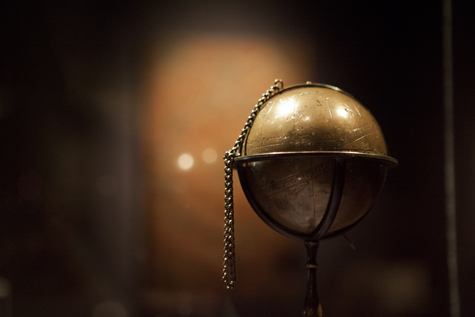
Sabiha Al Khemir is the senior advisor for Islamic art at the DMA.
